Showing all 13 results
-

Strymon El Capistan V2 dTape Echo
€ 429 Add to cart -
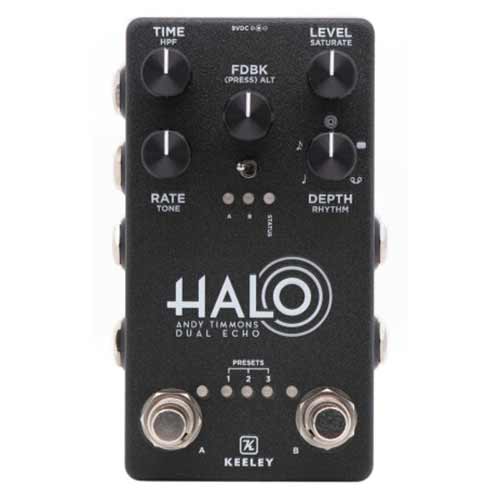
Keeley Halo Dual Echo
€ 355 Add to cart -
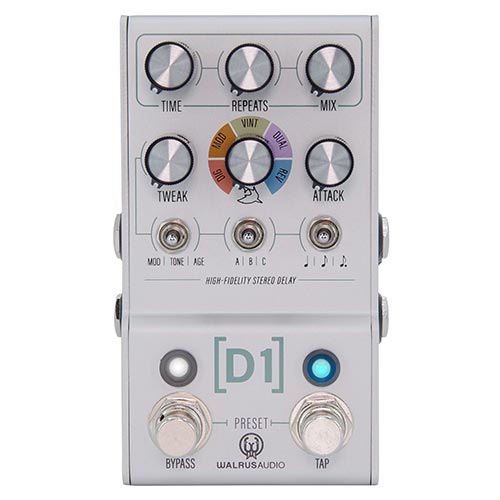
Walrus Audio Mako D1 V2
€ 379 Add to cart -
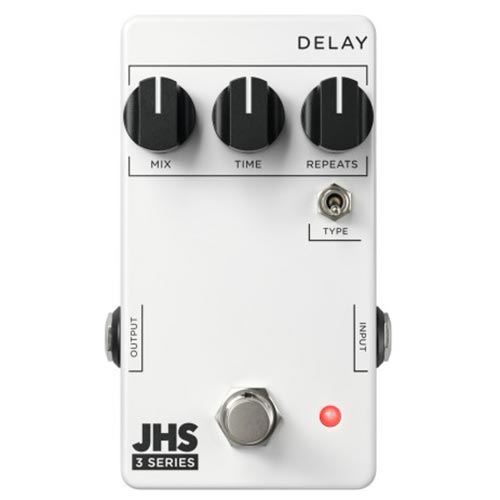
JHS 3S Delay
€ 126 Add to cart -
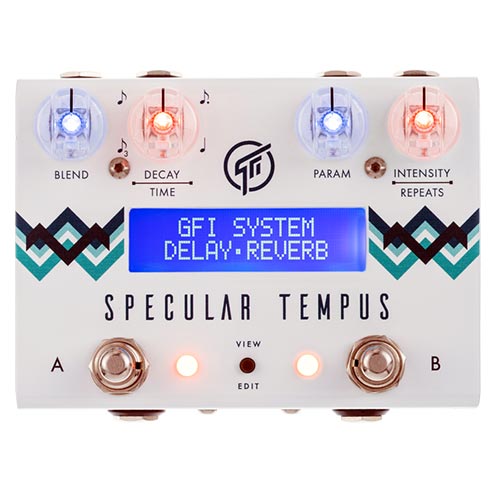
GFI System Specular Tempus
€ 419 Add to cart -
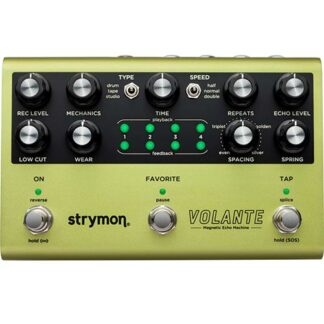
Strymon Volante Magnetic Echo
€ 459 Add to cart -
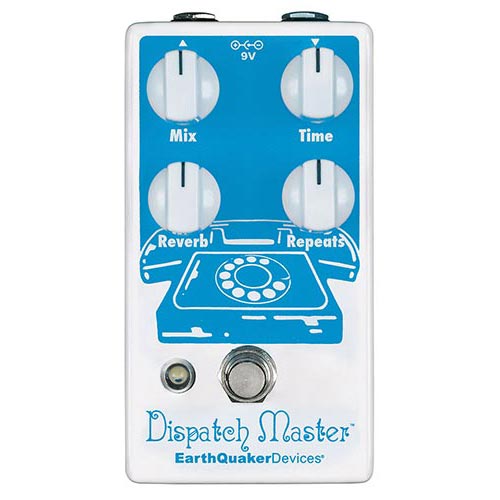
Earthquaker Devices Dispatch Master V3
€ 239 Add to cart -
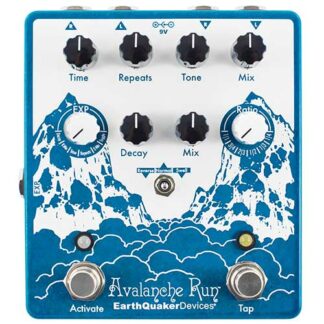
Earthquaker Devices Avalanche Run V2
€ 399 Select options -
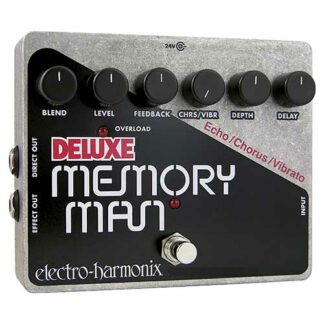
Electro Harmonix Deluxe Memory Man
€ 249 Read more -
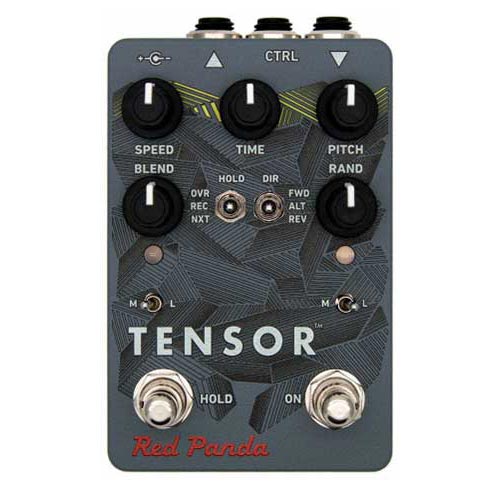
Red Panda Tensor
€ 369 Add to cart -
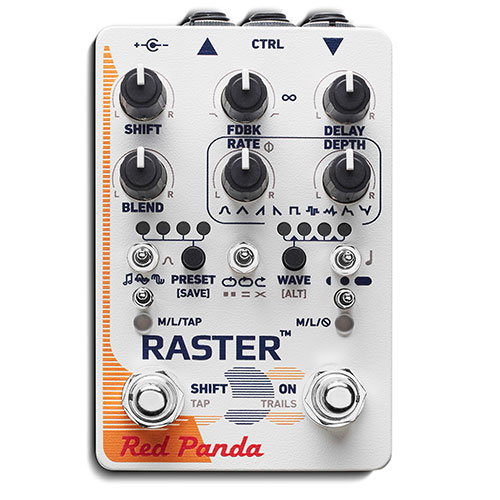
Red Panda Raster V2
€ 369 Add to cart -
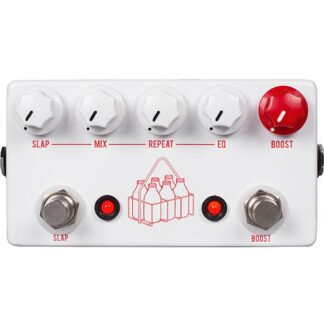
JHS The Milkman
€ 205 Add to cart -
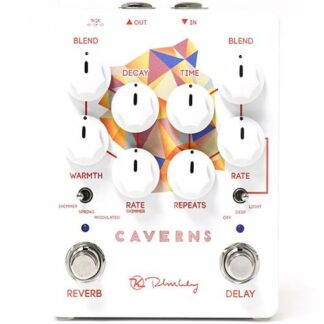
Keeley Caverns Delay Reverb V2
€ 239 Add to cart
Showing all 13 results
Delay pedal
Tape, analog or digital delay
Delays come in three flavors: magnetic (tape), analog, and digital. Magnetic ones are (almost) not available in pedal format. However, there are plenty of analog and digital ones. An analog delay pedal consists of an electronic circuit in which the original signal is delayed and repeated. It often uses so-called Bucket Brigade Chips. The sound quality of this is slightly less good than that of a magnetic delay. In particular, there is a loss in the high tones, these are repeated less well. Nowadays, however, this typical warm sound is often a plus of the analog delay.
Early days
The digital delay pedal was developed in the 1980s. In the early days it sounded poor, nowadays the sound quality is good to very good. With a digital version you get an almost exact repetition of the original guitar signal. Another advantage over an analog pedal is the somewhat longer times that you have at your disposal.
Settings
On each pedal you can set the time, number of repetitions and volume. In addition, you can change the timbre of the repeats and set the type on digital pedals. Sometimes there are also options to set modulation. The range of an analog pedal is often a maximum of about 500 milliseconds, while a digital pedal has up to a full second (1000 ms) of delay time. Analogue pedals from Chase Bliss can also be controlled with MIDI and have many additional options.
